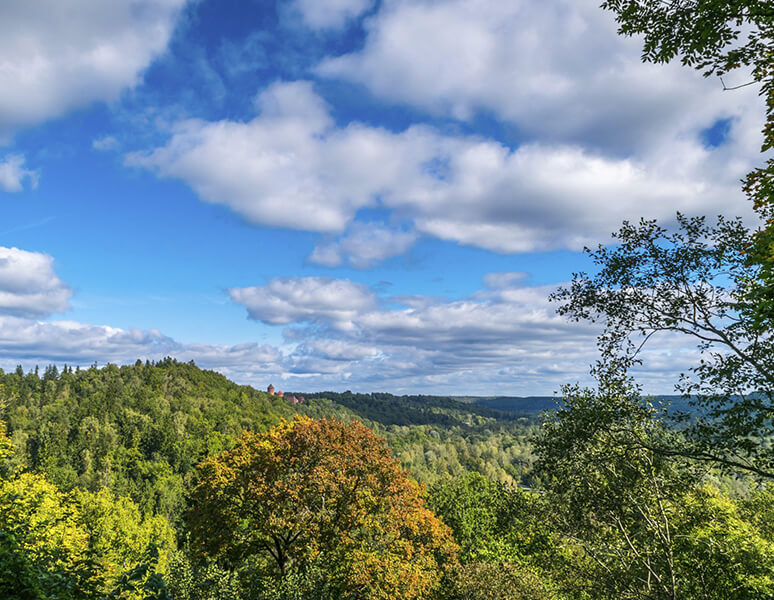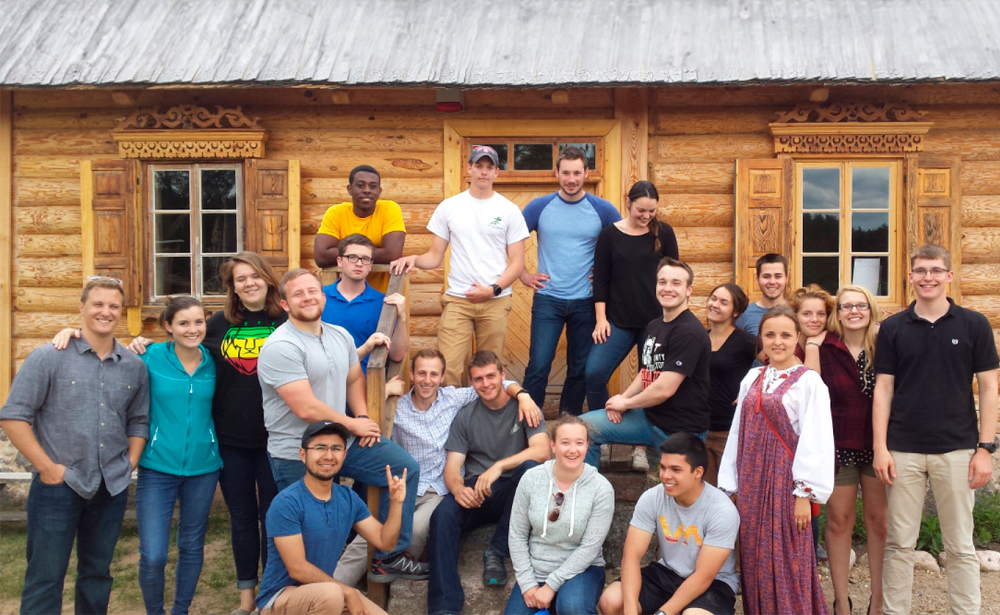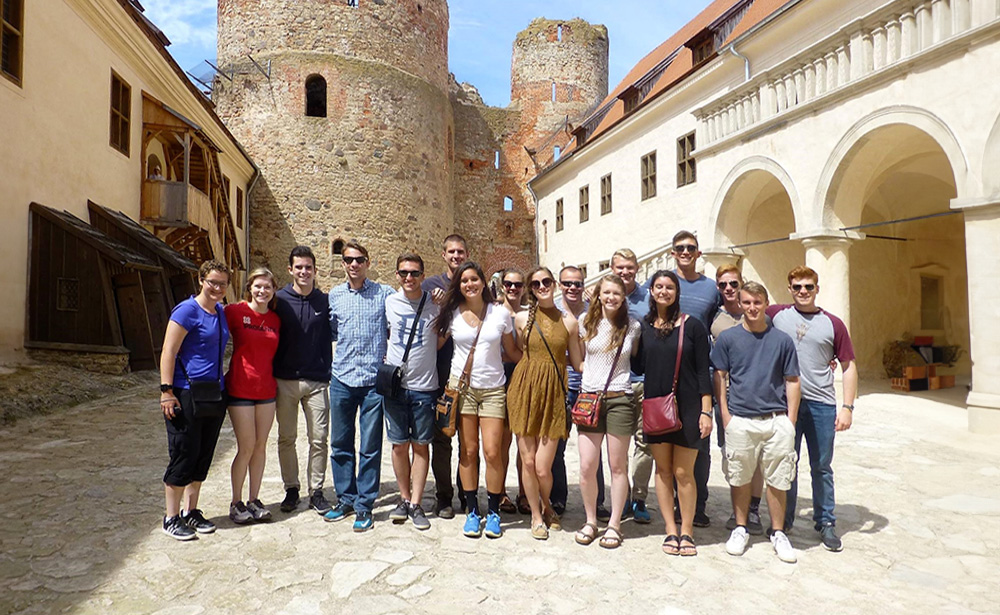Interesting places to see in Latvia. Part 2
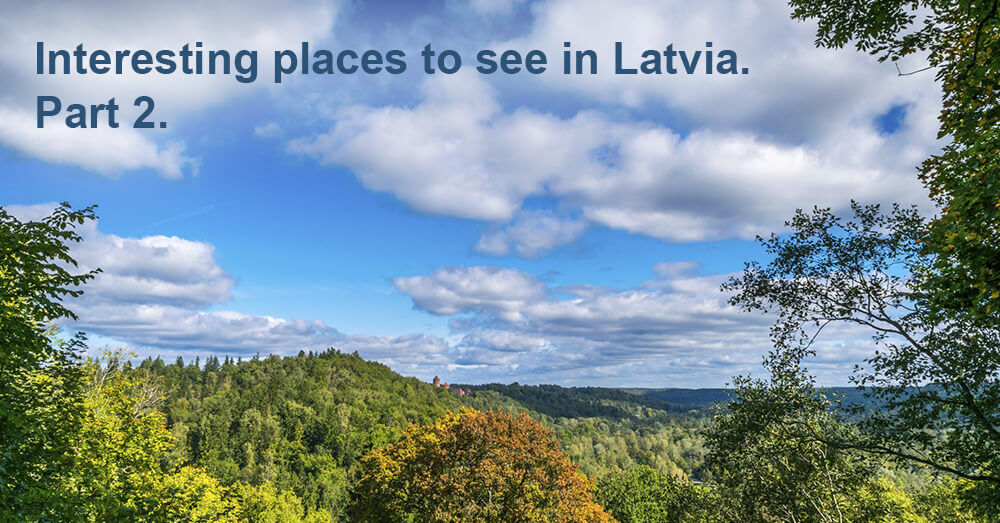
We continue our story about interesting places you can visit in Latvia. Today we’ll tell you about the Soviet Bunker in Ligatne, Sigulda and Turaida Castles, and Gutman’s Cave.
Soviet Bunker in Ligatne
Soviet Bunker in Ligatne is a top-secret bunker which is located on the territory of the rehabilitation center “Līgatne”. It is constructed 9 meters beneath the ground. The bunker was built in the 1980s during the Cold War. It was intended to serve as a shelter for Latvia’s political elite in case of a hypothetical nuclear war. It was also equipped with the most advanced technologies of the time, household items and equipment necessary at the time of the disaster.
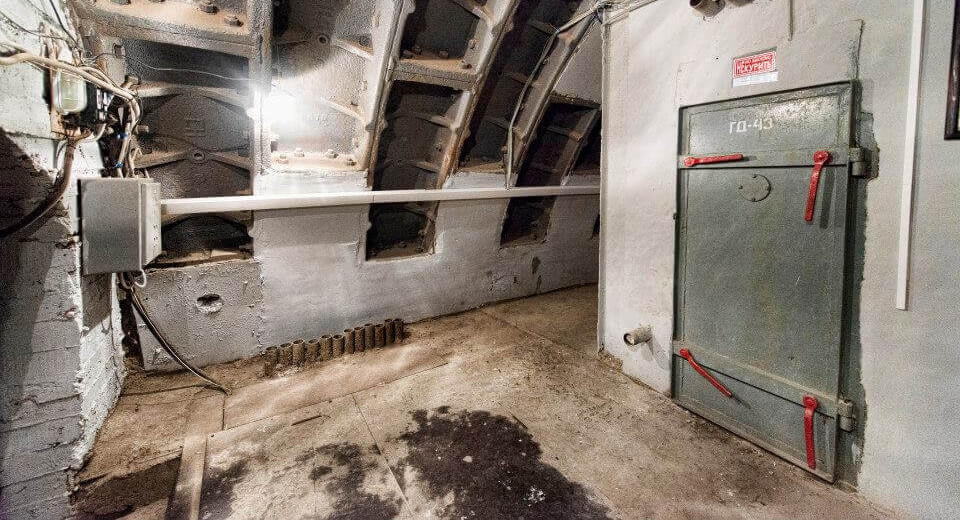
In 2003 the secrecy grading was removed from the bunker. Employees and clients of the adjacent rehabilitation center remained unaware of the underground structure underneath their feet for 30 years. All authentic underground furnishings have been retained. During daily excursions, you can see plans and projections in regard to what would happen if because of a war, dams of all hydropower stations were destroyed, an autonomous power plant with diesel generators and fuel storage, conditioning equipment for air purification, water supply and sewerage equipment, a special telecommunication unit, and a canteen with a typical Soviet-era menu.
Sigulda Castle
Sigulda Castle is a castellum type fortress, as well as one of the Medieval castles in Sigulda was built in 1207 when Crusaders started to conquer Baltic territories. Sigulda Castle was initially built to monitor and control the water ways of the Gauja River and to protect the bishop’s castle in Turaida.
At the very beginning of the Livonian war in the middle of the 16th century, Sigulda Castle was damaged. Russian, Polish, and Swedish troops fought near the castle. It lost its military purpose since that time. Besides that, in the early 18th century during the Northern War the castle was destroyed, and it has not been rebuilt.
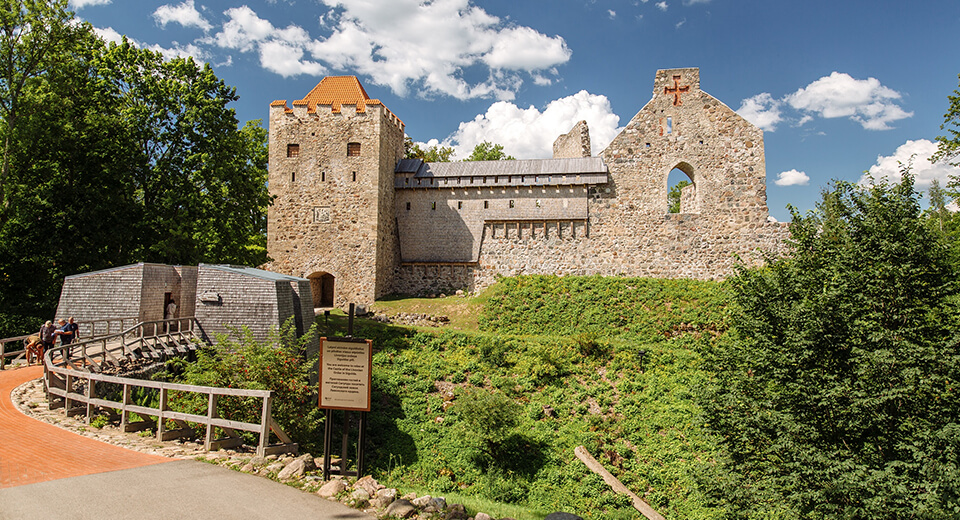
Now you can see only the ruins of Sigulda Castle. During the excursion, you are welcome to climb up into the Castle’s southern and northern towers, and take a walk on the walls of the ruins. There is an open-air stage on Sigulda castle ruins where annual concerts and festivals are organized.
Turaida Castle
Turaida Castle is one of the most famous, popular and most often visited castles in Latvia. The castle was built by the order of the bishop Albert in 1214 in Sigulda in the site of the wooden Liv castle which was ruined by crusaders. It was constructed as a defense during a war. In the 18th century the castle was ruined by fire and it has not been rebuilt.
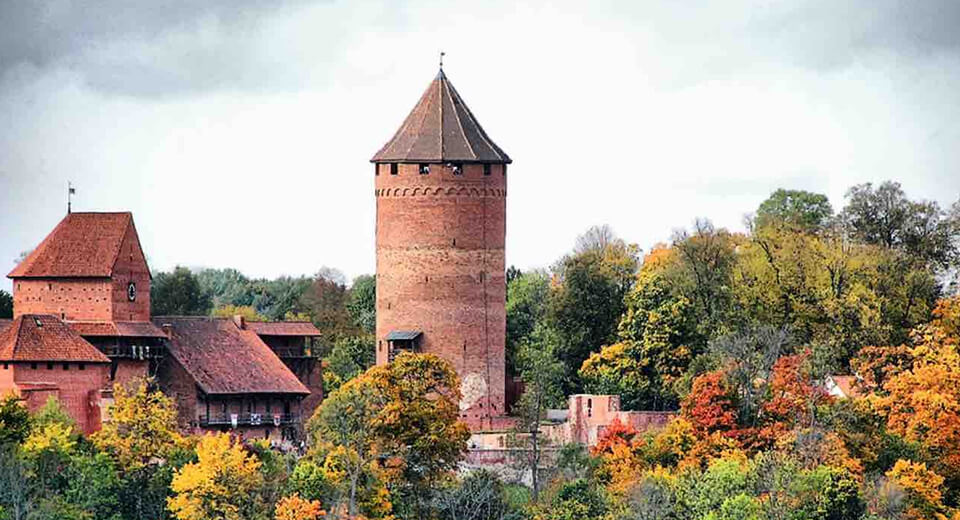
Reconstruction of the castle began only in the middle of the 20th century. There were regular archaeological research work and reconstruction work on the castle at that time. First, the tower of Turaida Castle was reconstructed. Now it is used as an observation deck for tourists. The tower is 38 meters high, and you can enjoy a beautiful view from it. The castle’s reconstruction lasted for 25 years. There is a historical exhibit at the castle.
Gutman’s Cave
Gutman’s Cave is the largest cave in Latvia and in the Baltics. It is located on the right bank of the river Gauja in the Gauja National Park, not far from the city of Sigulda. According to historical data, the cave’s origins date back 10,000 years when postglacial streams started eroding sandstone.
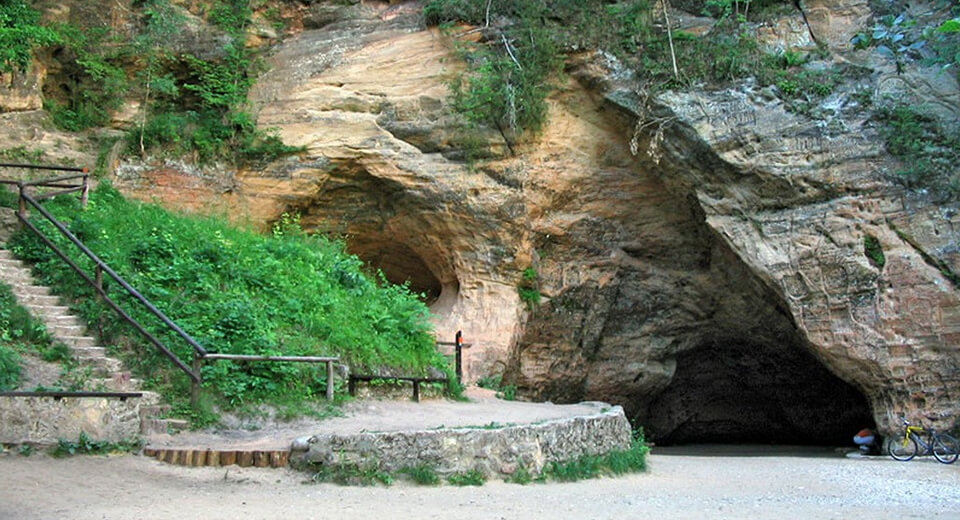
Now it is a protected geological feature and an ancient cult site which attracts a large number of tourists. The cave is 10 meters high, 12 meters wide and 18.8 meters deep. It is also known for inscriptions on its walls. The oldest ones were made in the middle of the 17th century.
This is the end of the article. Have you ever seen these historical sites? You are welcome to leave your impressions in the comments.
You may be interested
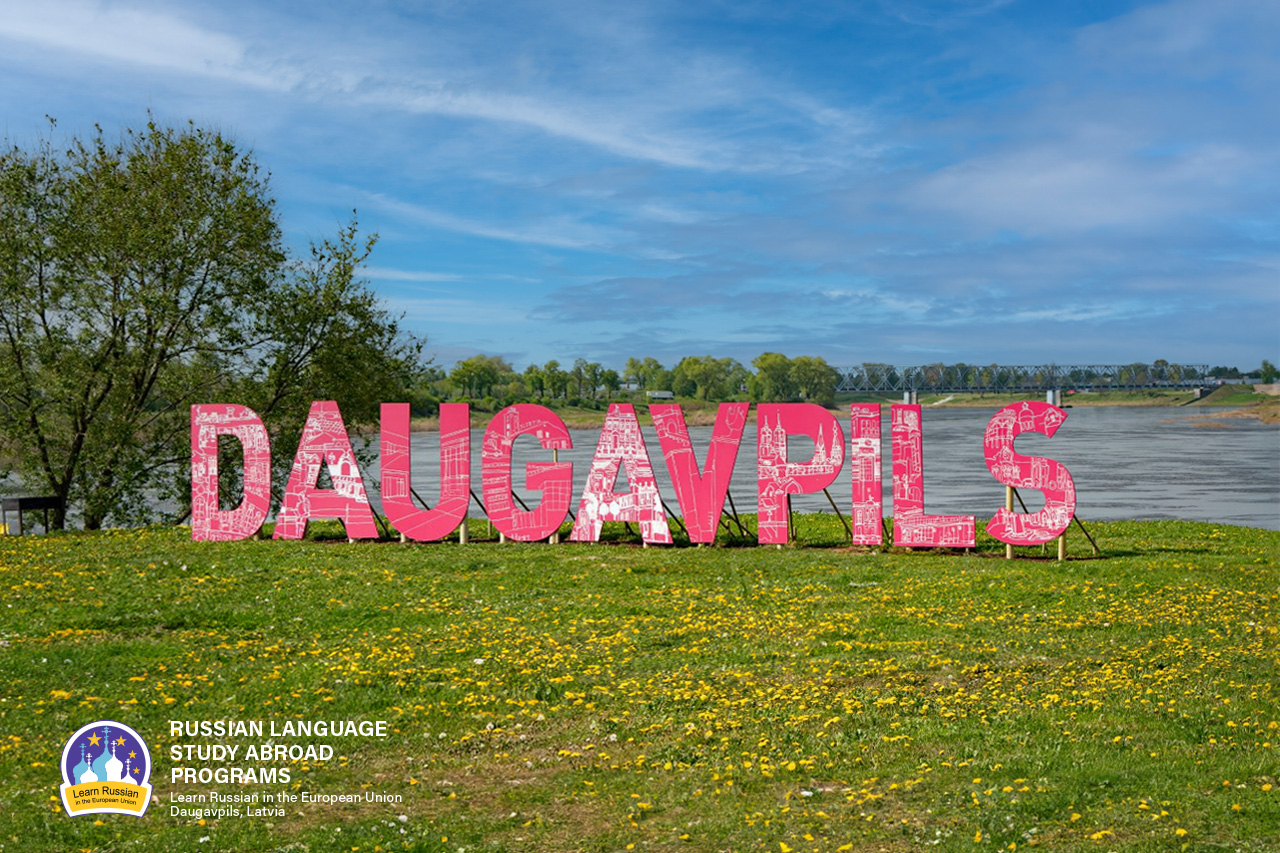
Why do people speak Russian in Daugavpils?
As it seems to us, Daugavpils is the best place to learn Russian now, because our city is situated in the EU and NATO, but at the same time 90% of the city’s population speak Russian at home.
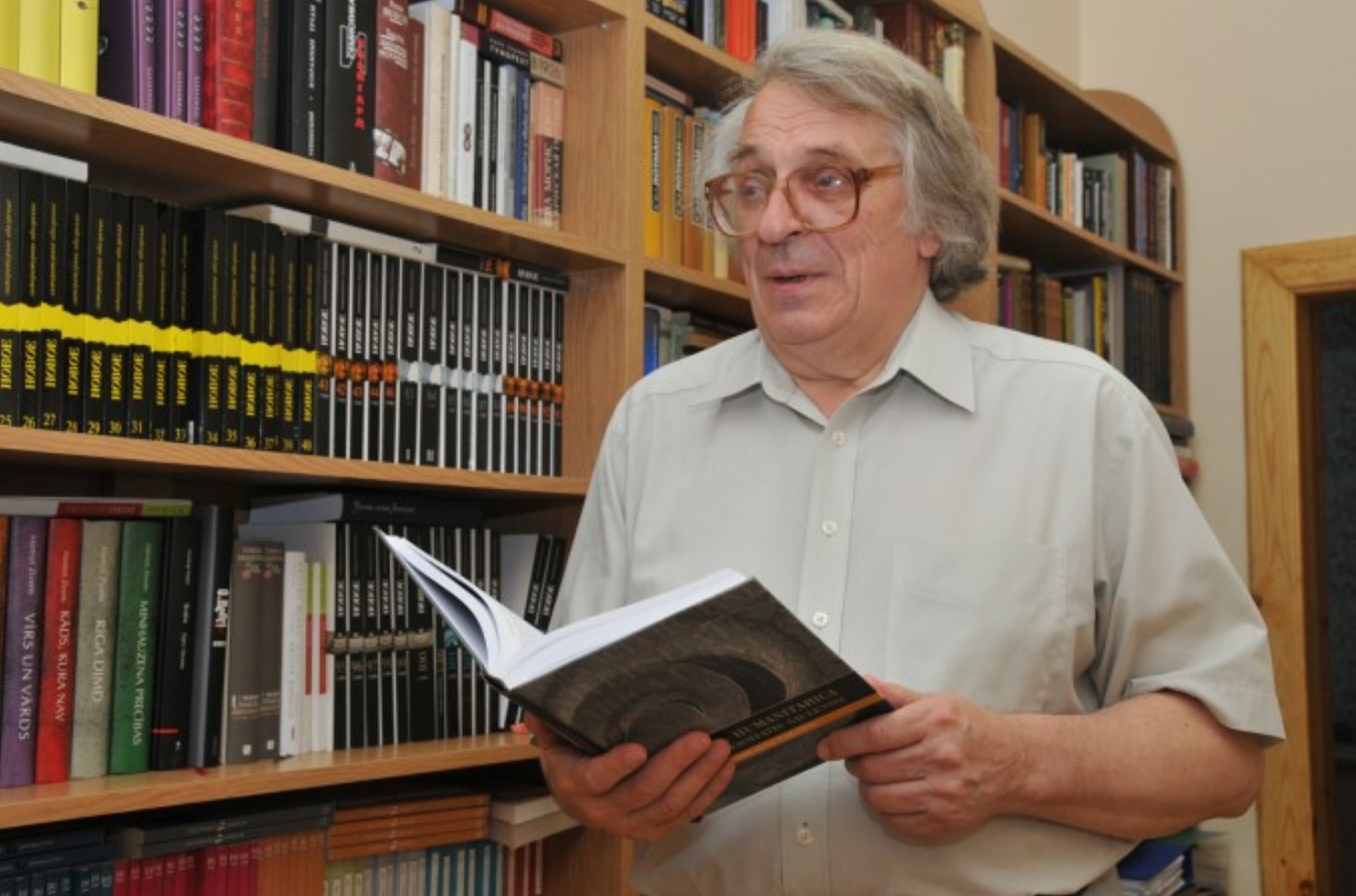
ЭТЮД О ДВИНСКЕ
Etude on Dvinsk by F.Fedorov
The Baltic region is one of the most catastrophe prone regions of the 2nd millennium, especially its second part; it is the centre of attraction of ‘geopolitical’ interests of the European world. Probably the most tragic fate has befallen to the eastern part of the present Latvia and its multi-titled town of Dinaburg – Dvinsk – Daugavpils. During its 730 years long history, the town went through five rather autonomous periods of development, five different lives (German, Polish, Russian, Latvian, Soviet), and at the beginning of the 1990s it entered into the 6th period.
The history of Dinaburg – Dvinsk – Daugavpils is the history of five attempts by the town to begin its life anew; and this is determined not only by the fact that the town was four times burned down and had to start life from scratch, but first and foremost because each of these periods was characterized by a total change of ethnos and the socio-cultural field.
The present article deals with the cultural space of the town in one of the most efficient periods of its development – from the 1860s till World War I.


